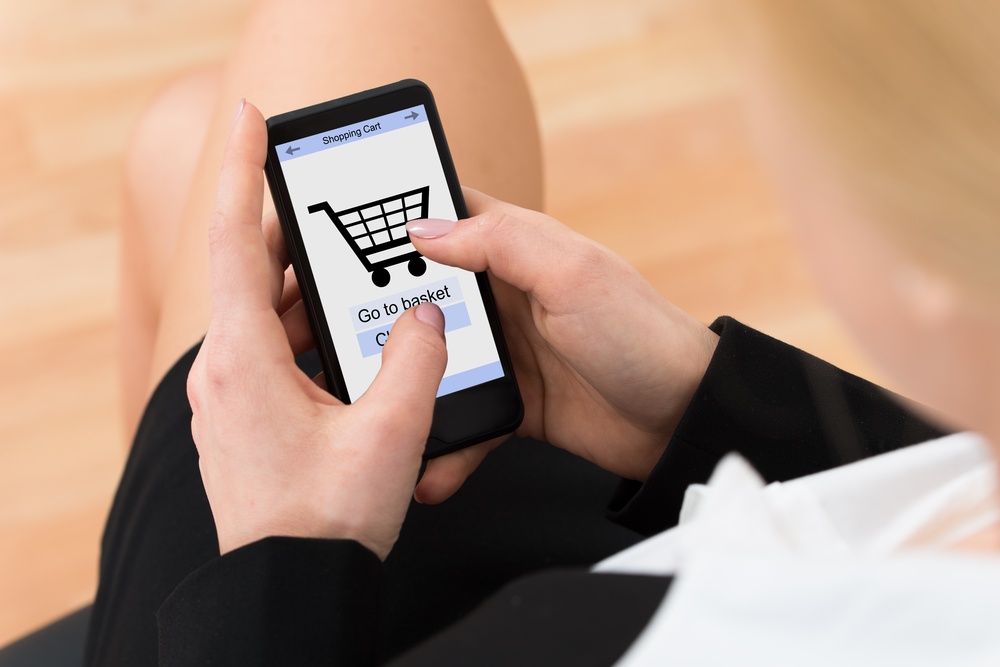
Ecommerce continues to play a huge role in the worldwide economy. Consumers are increasingly likely to buy an item online rather than pick it up in the store. A report from Forrester determined online sales will account for 11 percent of all U.S. retail sales by 2018, or about $414 billion. Chances are, the number of online purchases will only continue to grow.
A recent report from The Association for Packaging and Processing Technologies found 131,447 U.S. businesses participate in e-commerce across many different industries, including Pharmaceutical, Natural Health and consumer goods.
In the past, most of the discussion of custom packaging in relation to ecommerce was regarding shipping - making sure the product arrived safely at its destination. However, the carton is equally important in ecommerce as in traditional brick-and-mortar retail.
You might expect secondary packaging to play a smaller role in online shopping because there is no interaction with the physical package when the customer decides to make a purchase. However, packaging has an impact on brand loyalty once the item arrives in the customer's awaiting arms. For online customers, the first contact with brand packaging is particularly important because shoppers missed out on the in-store experience.
According to a study from Dotcom Distribution, packaging influences customer activity following a purchase. Forty percent of consumers would share a picture of their online order on social media if it came in attractive packaging, such as a unique or branded box. Also, more than half of consumers report they are likely to make a repeat purchase from an online retailer if they enjoyed the packaging.
The appearance of shipping boxes presents another challenge and often internal conflict for companies. Do businesses include branding? Doing so increases chances of a box being stolen. On the other hand, it expands brand visibility and provides additional marketing opportunities. Many companies opt to use plain boxes because of the issue of theft, which increases the need to provide a great packaging experience once customers open the shipping box.
When companies strategically plan their secondary packaging, it too can work as a marketing tool, even in the ecommerce space.
First, companies may want to take advantage of consumers' interest in sharing images of their packaging by actively encouraging them to do so on the label or package space. Ask customers to share a photo of the item with a specific hashtag so you can take advantage of social media for greater brand reach.
In addition, you can package part of the item in something reusable like a canvas bag or an attractive carton that could be repurposed. This way, you obtain additional marketing value when others see the branding.
Ecommerce isn't going away, but it hasn't reduced the need for secondary packaging like cartons and boxes. Packaging is still important for branding and enhancing the customer experience.
to Nosco News and get the latest sent to your inbox.